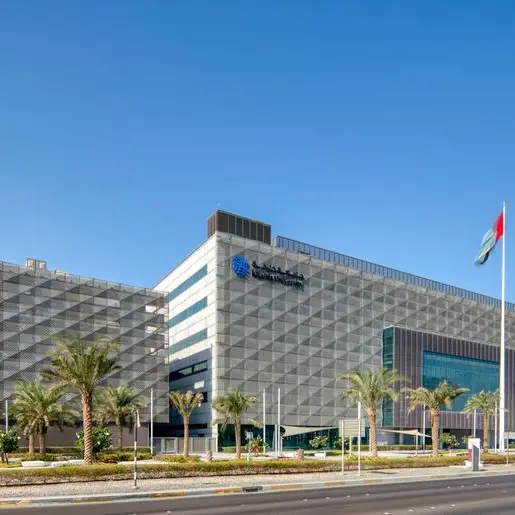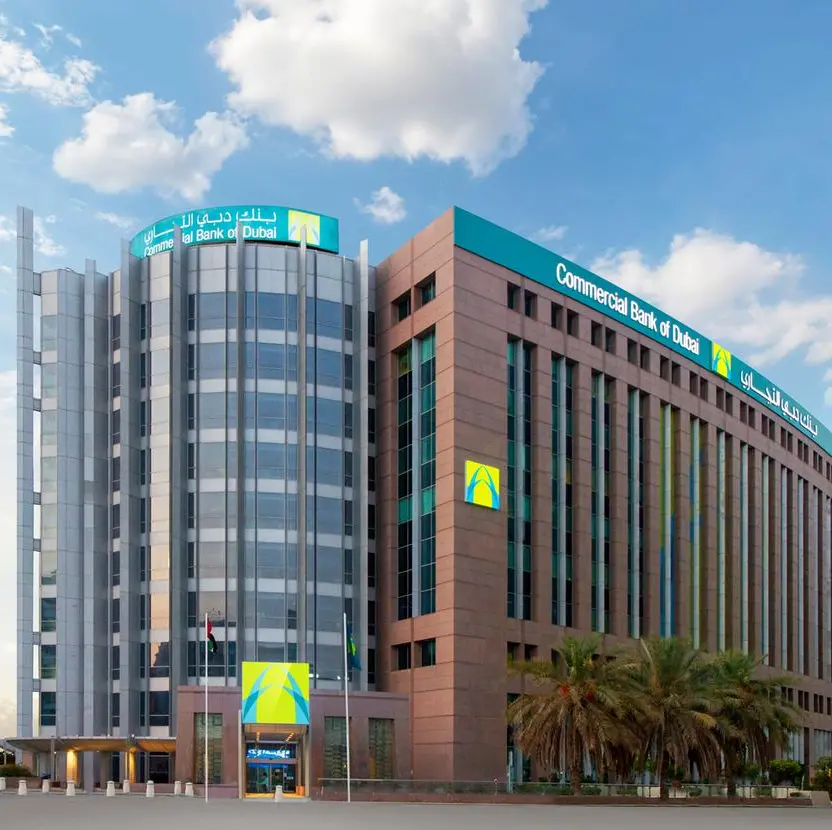23 June 2015
JEDDAH: Saudi Arabia's Tadawul All-Share Index (TASI) plunged 1.7 percent to 9,344.11 points in thin trade, dropping below its 200-day average, now at 9,433.
"Due to drop in oil prices, the market trend is downward, perhaps the only qualified institution (HSBC) is waiting for bottom line prices in the current scenario," Mushtaq Ahmed, a senior financial analyst at Zughaibi & Kabbani Financial Consultants, said.
According to Reuters, two straight daily closes below that support would be technically negative, implying a fresh wave of profit-taking after the index rose in anticipation of the market being opened to foreign direct investment (FDI) on June 15.
Fresh inflows have been minimal so far, disappointing some local retail investors. The latest exchange data for foreign ownership of Saudi stocks, published on Sunday, showed no significant changes on Thursday, it said.
John Sfakianakis, Middle East director at Ashmore Group, told Arab News: "The advent of the foreigner in the stock market would take some time to materialize. Stocks are correcting due to seasonality reasons related to the holy month of Ramadan. The first two weeks are traditionally corrective in mode."
However, he added: "Prices will bounce back as valuations become more attractive from locals as well as foreigners, which own roughly 1.2 percent of stocks. Volumes will pick up over the next few weeks and that should kickstart the market."
Markets in other parts of the Middle East have behaved in a corrective mode as well, Sfakianakis said.
The National Commercial Bank (NCB) said in its new report that the setback in the index was the result of the lowest level of activity since November. The average daily traded volumes during the month of May only reached SR 7.7 billion, 13.8 percent lower than the activity during the month of April.
However, the slight drop in prices were attractive enough for institutional investors to increase their trading, the NCB report said.
The value of traded stocks reached SR4.49 billion on Sunday.
BofA Merrill Lynch said the opening of the Saudi market has brought Saudi Arabia's inclusion in the MSCI emerging markets index a step closer (by mid-2017). Until now, given the inability of foreign investors to invest directly, Saudi Arabia has only been included in standalone indices. Once included, Saudi Arabia will be accounting for only 1.7 percent of the MSCI EM index owing to foreign ownership limits, although this should be sufficient to attract $ 13.7 billion of active and passive flows in to the market.
The Saudi stock market has provided healthy historical returns, rising at a CAGR of 12 percent since 2000. The peak was reached in Q1, 2006, when the TASI hit an all-time high of 20,600 on the back of strong global growth and sharply rising oil wealth, a significant portion of which found its way into the Tadawul, BofA Merrill Lynch stated.
Currently, the average ROEs in the Saudi market are at 12 percent, a touch ahead of the average for the emerging markets, which are at 11 percent.
JEDDAH: Saudi Arabia's Tadawul All-Share Index (TASI) plunged 1.7 percent to 9,344.11 points in thin trade, dropping below its 200-day average, now at 9,433.
"Due to drop in oil prices, the market trend is downward, perhaps the only qualified institution (HSBC) is waiting for bottom line prices in the current scenario," Mushtaq Ahmed, a senior financial analyst at Zughaibi & Kabbani Financial Consultants, said.
According to Reuters, two straight daily closes below that support would be technically negative, implying a fresh wave of profit-taking after the index rose in anticipation of the market being opened to foreign direct investment (FDI) on June 15.
Fresh inflows have been minimal so far, disappointing some local retail investors. The latest exchange data for foreign ownership of Saudi stocks, published on Sunday, showed no significant changes on Thursday, it said.
John Sfakianakis, Middle East director at Ashmore Group, told Arab News: "The advent of the foreigner in the stock market would take some time to materialize. Stocks are correcting due to seasonality reasons related to the holy month of Ramadan. The first two weeks are traditionally corrective in mode."
However, he added: "Prices will bounce back as valuations become more attractive from locals as well as foreigners, which own roughly 1.2 percent of stocks. Volumes will pick up over the next few weeks and that should kickstart the market."
Markets in other parts of the Middle East have behaved in a corrective mode as well, Sfakianakis said.
The National Commercial Bank (NCB) said in its new report that the setback in the index was the result of the lowest level of activity since November. The average daily traded volumes during the month of May only reached SR 7.7 billion, 13.8 percent lower than the activity during the month of April.
However, the slight drop in prices were attractive enough for institutional investors to increase their trading, the NCB report said.
The value of traded stocks reached SR4.49 billion on Sunday.
BofA Merrill Lynch said the opening of the Saudi market has brought Saudi Arabia's inclusion in the MSCI emerging markets index a step closer (by mid-2017). Until now, given the inability of foreign investors to invest directly, Saudi Arabia has only been included in standalone indices. Once included, Saudi Arabia will be accounting for only 1.7 percent of the MSCI EM index owing to foreign ownership limits, although this should be sufficient to attract $ 13.7 billion of active and passive flows in to the market.
The Saudi stock market has provided healthy historical returns, rising at a CAGR of 12 percent since 2000. The peak was reached in Q1, 2006, when the TASI hit an all-time high of 20,600 on the back of strong global growth and sharply rising oil wealth, a significant portion of which found its way into the Tadawul, BofA Merrill Lynch stated.
Currently, the average ROEs in the Saudi market are at 12 percent, a touch ahead of the average for the emerging markets, which are at 11 percent.
© Arab News 2015











